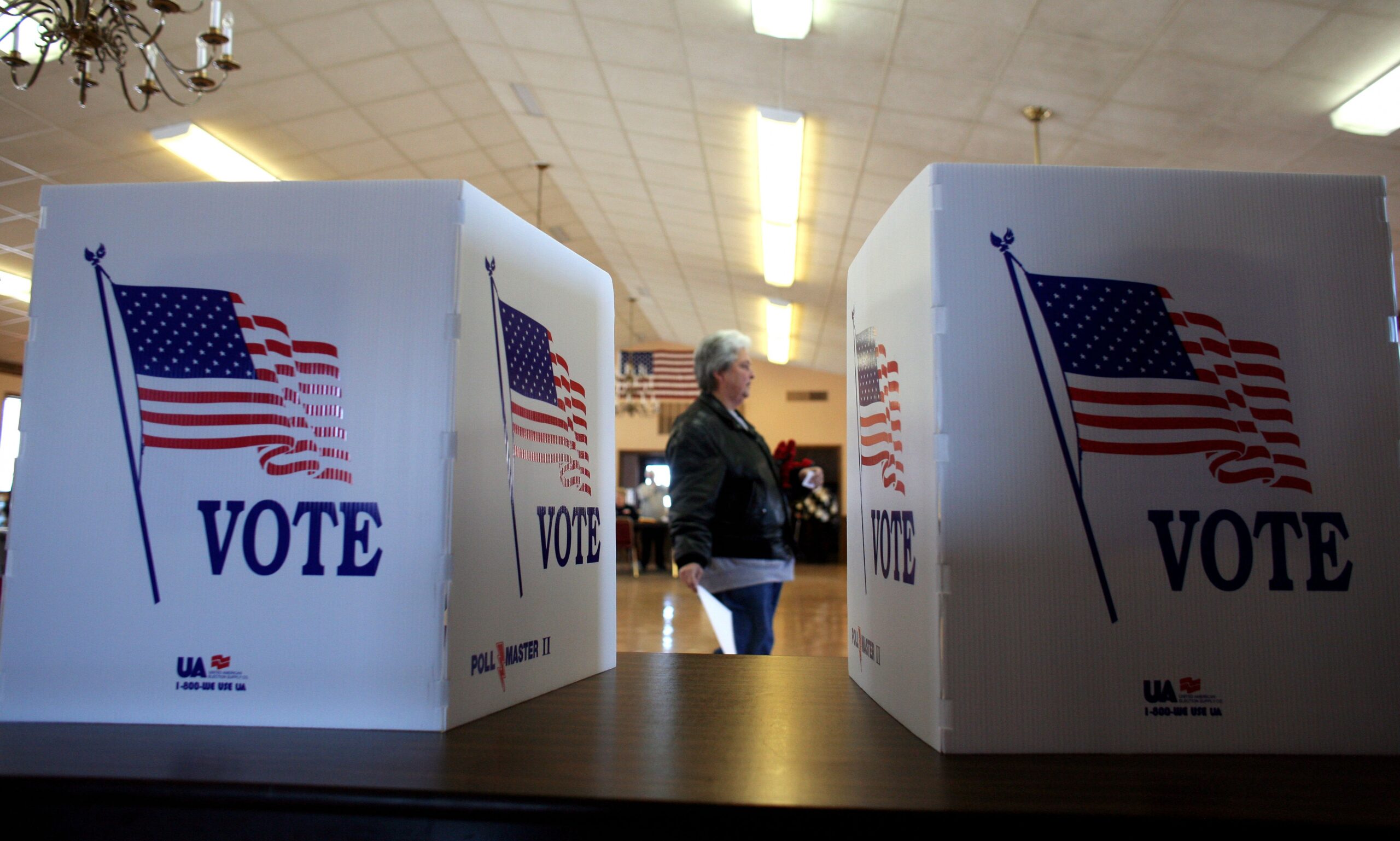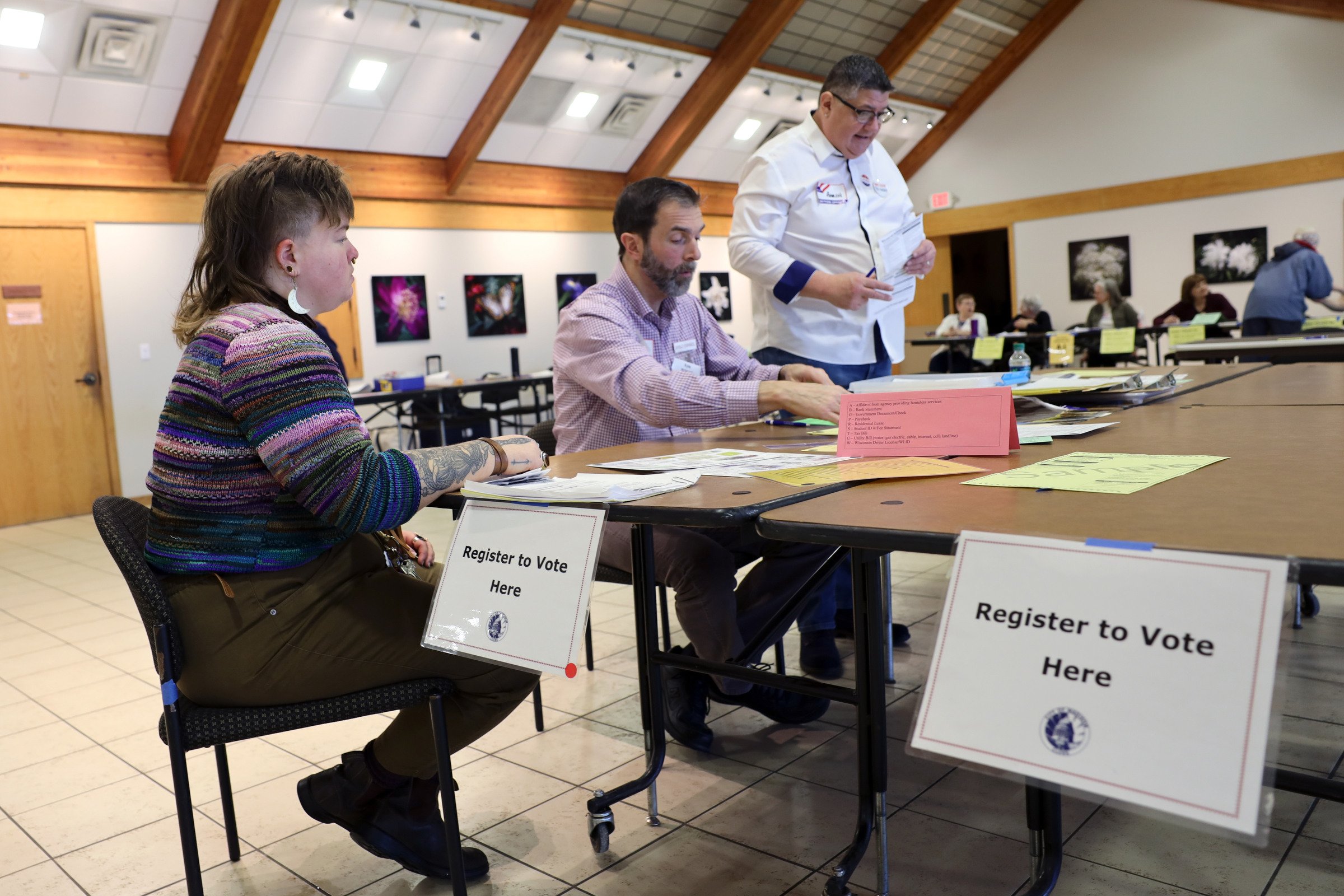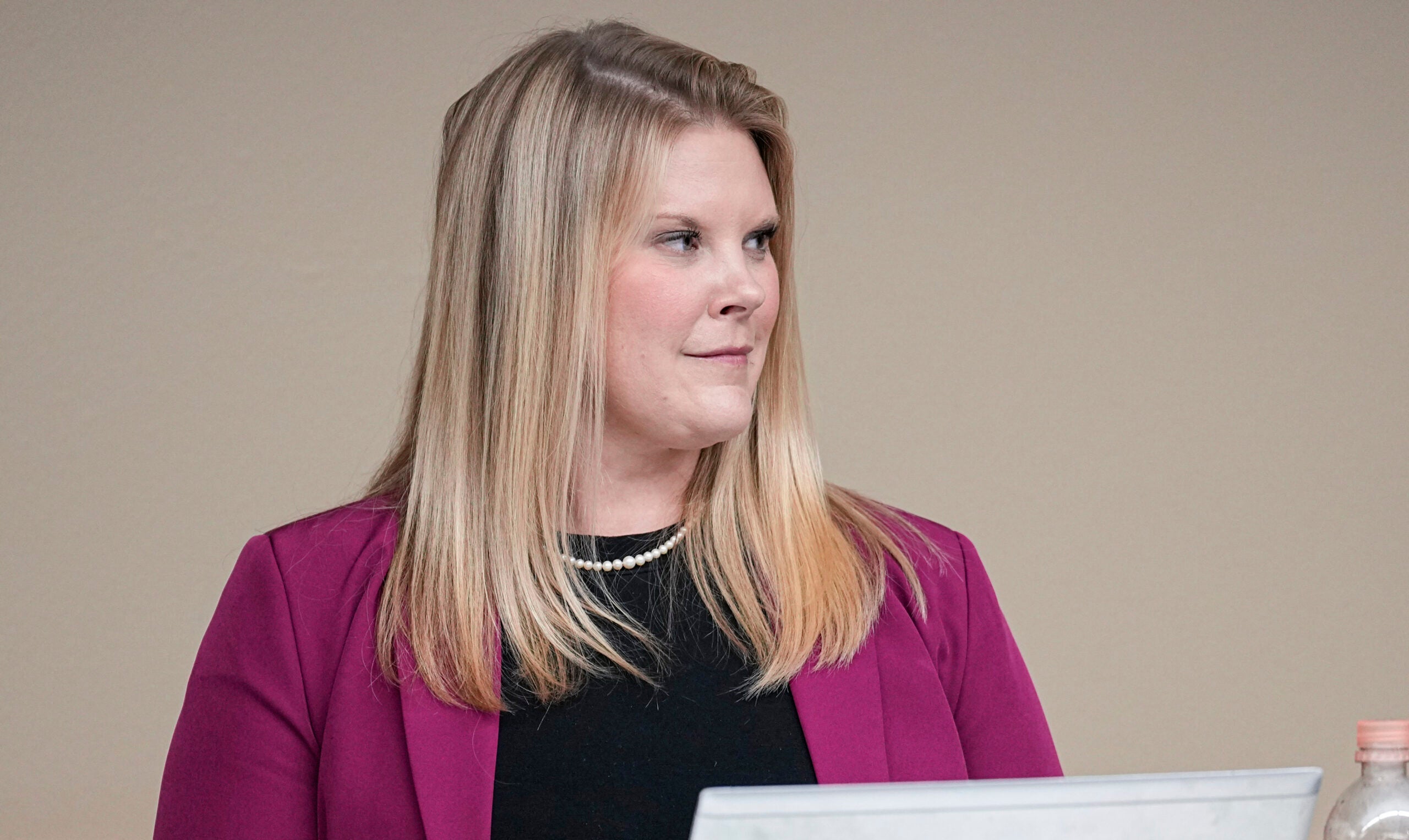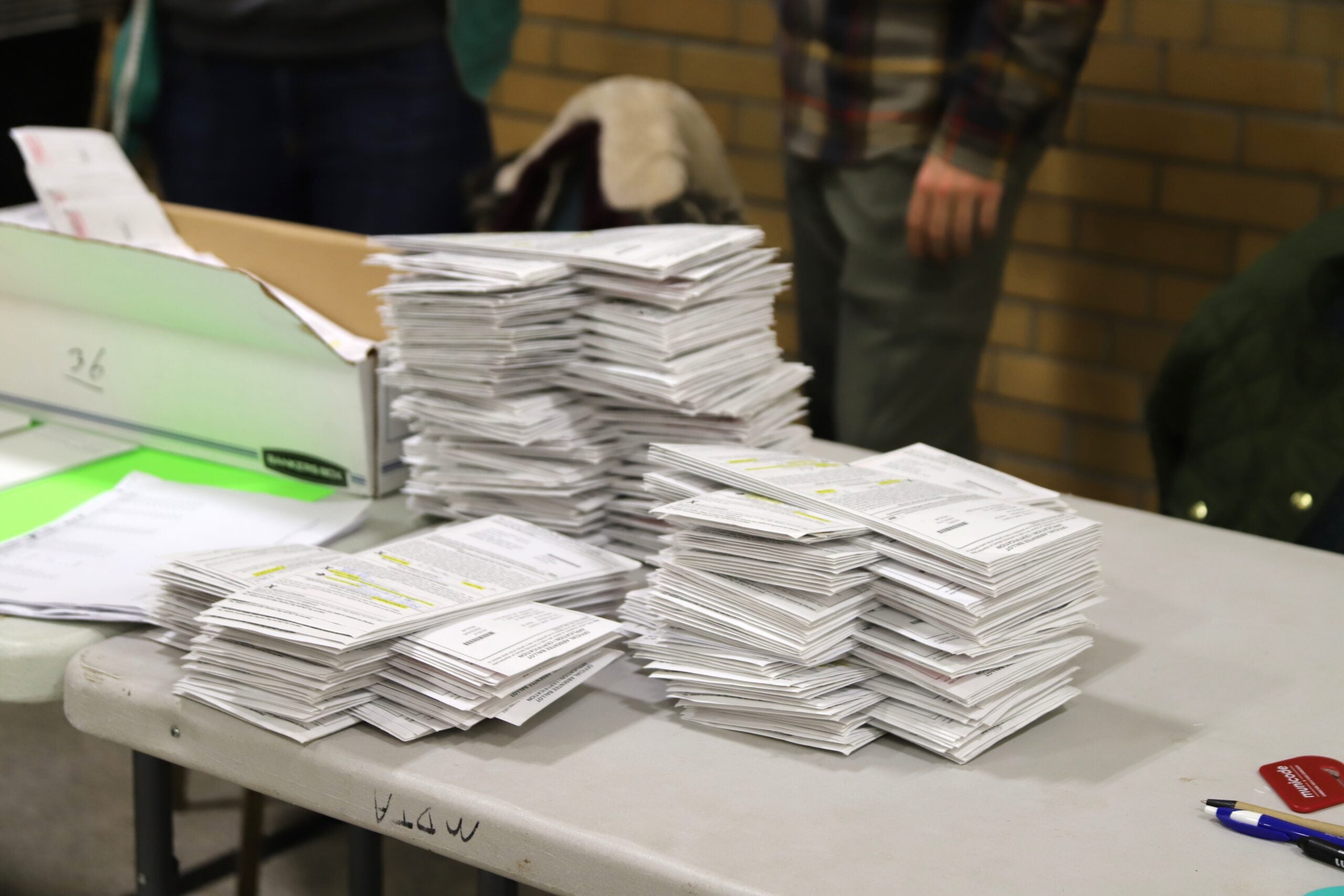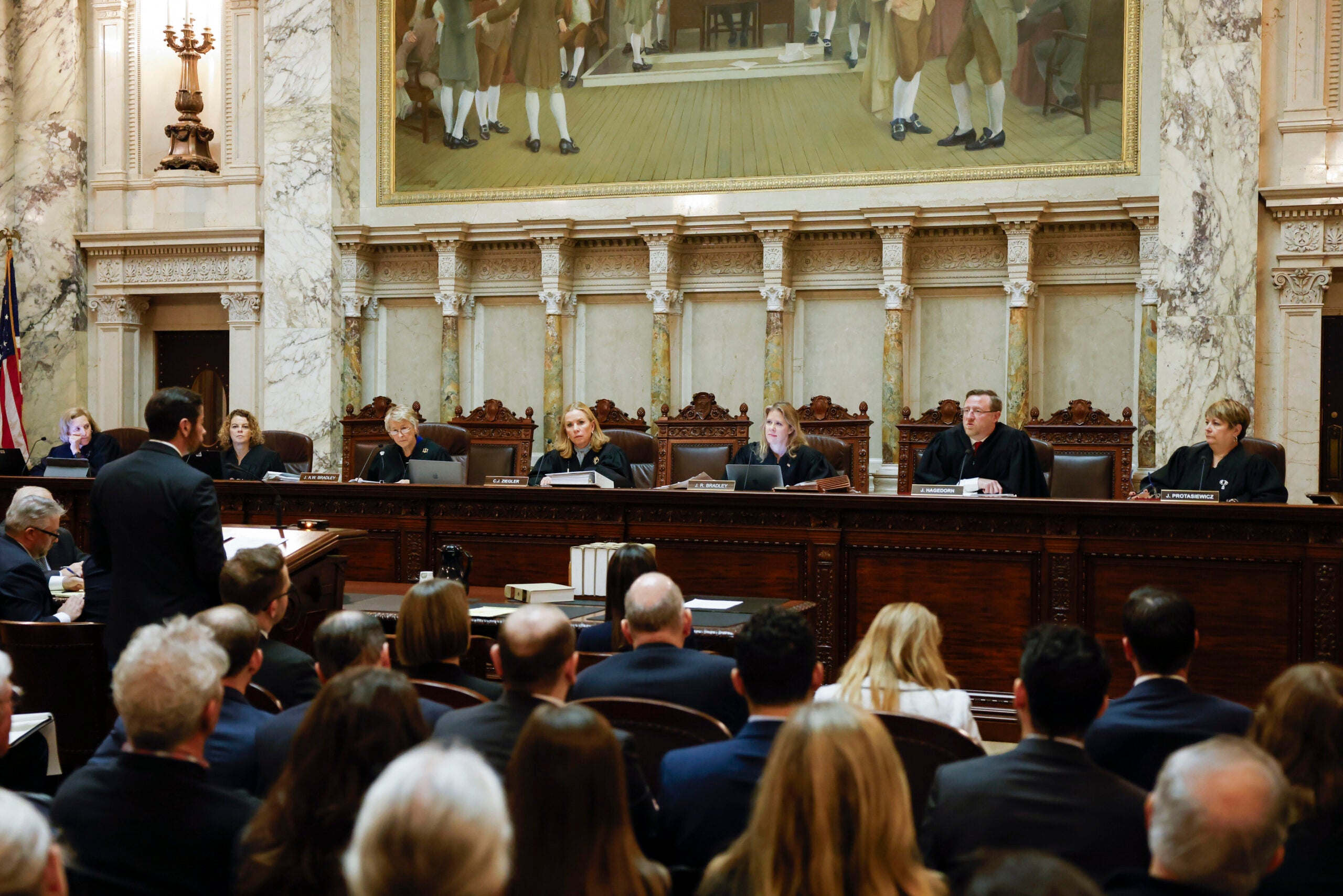The Wisconsin Elections Commission will release the names of six communities with outdated computer security if they don’t update their systems.
Ten devices in these six communities don’t meet the security standards to access the state’s voting system. On Thursday, the Elections Commission voted unanimously to pressure the six communities with the threat of public shaming — even as Commission Administrator Meagan Wolfe warned such a move could erode local clerks’ trust in the commission.
Commissioner Mark Thomsen pushed the idea of the call-out. Although elections security issues are sometimes kept vague on purpose — since people are reluctant to reveal weaknesses in the system — Thomsen said, in this case, naming these communities wouldn’t be a threat.
Stay informed on the latest news
Sign up for WPR’s email newsletter.
“We’re not helping the Russians by identifying them,” Thomsen said.
Russian hackers made unsuccessful attempts to infiltrate Wisconsin’s voter registration system before the 2016 election.
In September, the commission approved $1.1 million in federal funding to help jurisdictions update software, buy new equipment, or make other election security improvements. The commission has given out $823,700 to 862 villages, towns, cities and counties, according to a commission memo.
The commission will make money available again to the six non-compliant communities.
“We have a lot of money. And so what we need to do, in my opinion, is to strengthen that weak link,” said commissioner Robert Spindell.
Even so, the Elections Commission can make suggestions, but it can’t force communities to follow them, said Commission Chair Dean Knudson.
“We essentially have a bully pulpit, but we don’t really have a big stick,” Knudson said.
MyVote Problems
The glitch that prevented people from looking up their polling places on MyVote during the Feb. 18 primary election was caused by a coding issue, Wolfe explained at the Thursday meeting.
MyVote is a website that allows voters to put in their address and find out where their polling place is, or see a sample ballot. These services were interrupted during the primary. Voters were directed to a backup website instead.
Wolfe assured commissioners the problem was not due to a cyberattack or lack of testing — just a technical issue.
“I take this very seriously. The fact that we had an outage, and that it might have impacted people’s confidence in us, in our ability to provide services, is something that — I feel the gravity of that,” she said.
The coding error could have been introduced during routine technological updates, said Commission technology director Robert Kehoe.
Wolfe said even with the problems, during the February primary, MyVote saw its third most traffic ever since the site’s launch in 2016, even more than the 2016 presidential election.
Wisconsin Public Radio, © Copyright 2025, Board of Regents of the University of Wisconsin System and Wisconsin Educational Communications Board.
